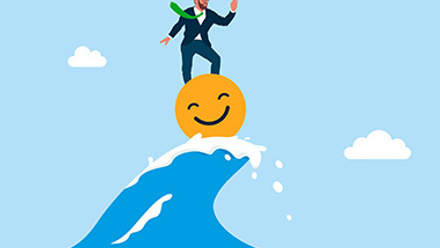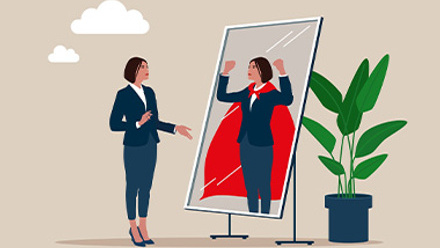How to motivate employees ahead of 2022 with a Christmas thank you

This year, employee appetites are mixed. Some employees are raring to party while others are happy to dispense with face-to-face celebrations in return for a Covid-free Christmas with family. Elsewhere, grumblings of discontent can be heard from field workers without laptops who feel invisible and fear missing out if celebrations are virtual again.
Against a clamour of personal preferences, HR’s number one priority is to protect employee health. As a result many are dropping large-scale, in-person get-togethers and looking for other ways to thank employees for their hard work this year.
And it’s critical they do. Employees have kept the wheels of business going throughout another challenging year, often while adapting to new working arrangements. For some, this has meant going above and beyond and longer work hours.
Covid-proof celebrations
With a question mark hanging over in-person celebrations, end-of-year reward or gift has come into sharper focus. This is a good thing because, done well, the impact can be so high – 61% of staff say receiving end-of-year recognition makes them feel appreciated.
The thank you doesn’t need to be expensive either. For staff, it really is the thought that counts. Research consistently shows that employees are happy with reward worth between £21-£50. But a cash reward won’t cut it. What really matters is that you provide an engaging experience, coupled with choice and evidence of thought. Seventy per cent of employees say they’d like to choose their own reward by receiving vouchers or gift cards, for example, and more than half (58%) of employees say they’d like to receive something other than cash at year-end.
The other point to consider, (unless you have a team of Christmas elves) is that your reward scheme needs to be easy for you to deliver, particularly when employees are unlikely to be in a central location to distribute gifts. Put these factors together and it’s easy to see why the solution this year and for the longer term has to be digital.
Digital the new traditional
For a number of years now, digital reward and recognition has been developing into the new standard – with simplicity, speed, and choice at heart, recipients have become accustomed to a more engaging and personalised experience.
Armed with an easy-to-use digital platform, employees can receive and redeem their reward with the simplicity and speed they are used to. For some employees, Christmas reward won’t make up for a party but it’s a great way to thank staff for their efforts and get 2022 off on the right foot.
Reward isn’t just for Christmas
With many employees rethinking their relationship with work and their employer, while you are thinking about end of year reward consider how you’ll follow through with a consistent strategy that keeps staff motivated and engaged throughout the year ahead.
The long tail of the pandemic continues to sting employee motivation. Our research coming out of the second lockdown found 84% of employees don’t feel fully motivated at work. Almost a third (29%) are actively unhappy. Many are also working longer hours. Recent research from Randstad UK sums up the size and scope of the challenge – a quarter of employees are actively planning to change employer with 69% confident it’s only a matter of months before they are in a new job.
Sadly, this hasn’t resulted in greater recognition from employers. Only 32% of employees feel they have been rewarded for their efforts during testing times That’s a red flag for employers that want to grow, manage talent and maintain productivity next year.
Planning your long term strategy
The simple fact is that when employees feel valued and understand how their role contributes to the business, their motivation to do their best work increases. Whatever your target business outcomes, a sustained recognition strategy supports employers to encourage employee behaviour that drives those outcomes.
Creating an employee recognition scheme that has long-term value can be a challenge for some organisations. Common barriers include poor communication, lack of sponsorship at the top, inconsistent recognition and poor engagement from employees.
With the right preparation these challenges are easily surmountable. Read our seven-point action plan to create a programme that will help meet your employees’ needs now, and for many years to come.
This article was provided by Edenred.
Supplied by REBA Associate Member, Edenred
We help you build stronger connections with your employees to drive higher engagement&performance.







